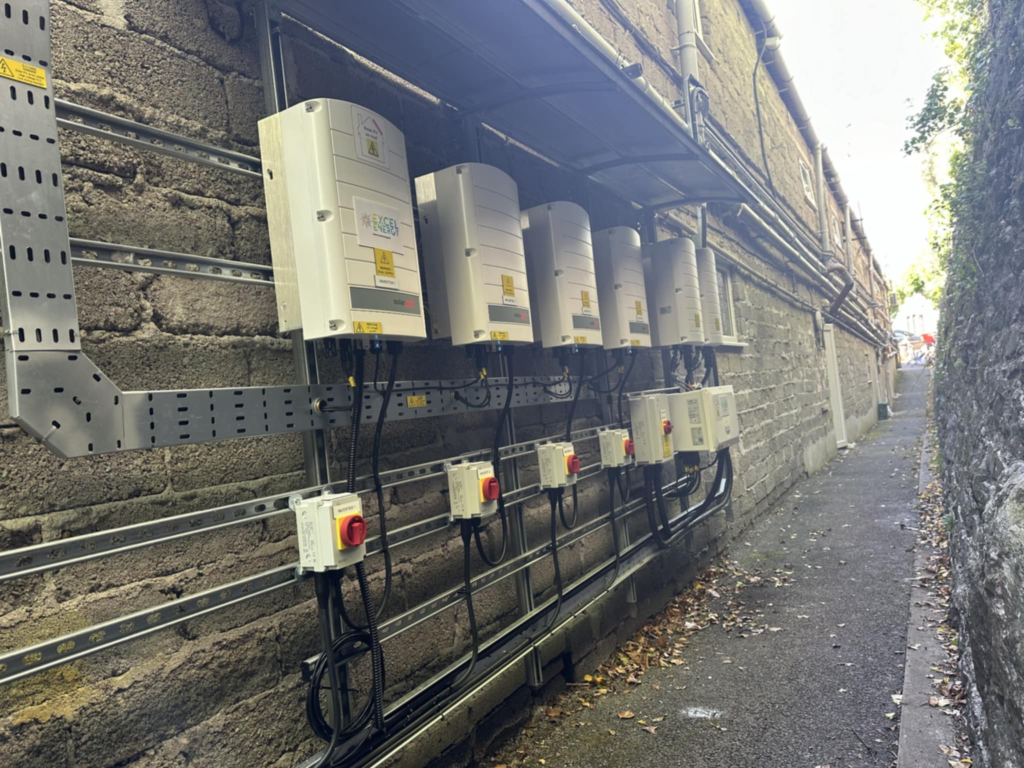Connecting legacy serial devices to modern systems that support PS/2 ports is becoming increasingly necessary as technology continues to evolve. If you find yourself needing to connect older hardware, such as a legacy keyboard or mouse, to a PS/2 port, creating how to make Dell CT109 serial to PS2 cable can be a practical and rewarding project. This guide will provide a detailed walkthrough on how to make this custom cable, ensuring your older devices can function with contemporary systems.
How to Make Dell CT109 Serial to PS2 Cable: Materials and Tools Needed
To begin, gather the following items:
- Dell CT109 serial connector (DB9 male)
- PS/2 connector (male or female, depending on your device)
- Wire strippers and cutters
- Soldering iron with fine tip
- Solder
- Heat shrink tubing or electrical tape
- Multimeter
- Wire (varied colors for easy identification)
How to Make Dell CT109 Serial to PS2 Cable: Understanding Pinouts
Before you start, it’s crucial to understand the pinout configurations of both the DB9 serial and PS/2 connectors. Each pin on the DB9 connector must be mapped correctly to the corresponding pin on the PS/2 connector to ensure proper communication between devices. The primary connections you will focus on are data, clock, and ground.
DB9 Serial to PS/2 Pin Mapping
- Pin 2 (Receive Data) to PS/2 Data Line
- Pin 3 (Transmit Data) to PS/2 Clock Line
- Pin 5 (Signal Ground) to PS/2 Ground
How to Make Dell CT109 Serial to PS2 Cable: Step-by-Step Cable Assembly
Step 1: Prepare the Wires
Measure and cut the wires to the desired length, considering the distance between your devices. Strip the ends of each wire, preparing them for soldering.
Step 2: Soldering the Connections
Solder the wires to the corresponding pins on both connectors. Ensure your solder bones are clear and secure. Use the multimeter to check each connection for continuity and correct placement before proceeding.
Step 3: Insulate the Connections
After soldering, apply heat shrink tubing to each connection point. This step is critical to avoid any short circuits or damage to the wire insulation. If using electrical tape, wrap each solder joint thoroughly to ensure full coverage.
Step 4: Final Assembly and Cable Management
Once all connections are insulated, bundle the wires neatly and secure them with additional electrical tape or a cable sleeve. This not only protects the connections but also keeps the cable tidy and easier to manage.
How to Make Dell CT109 Serial to PS2 Cable: Testing and Troubleshooting
Connect your newly assembled cable to the serial device and the PS/2 port. Test the functionality with the intended devices. If the cable does not function as expected, revisit the connections with your multimeter to check for continuity and correct any miswiring.
Common Issues to Look For:
- Short circuits between wires
- Incorrectly mapped pins
- Loose solder joints
How to Make Dell CT109 Serial to PS2 Cable: Alternative Solutions
If creating a custom cable seems daunting or if the DIY cable does not meet your needs, consider purchasing a pre-made serial-to-PS/2 adapter. These are readily available and can provide a quick and easy solution without the need for soldering.
Crafting Precision: Key Techniques for Effective Soldering
- Choosing the Right Solder: Select a high-quality solder (preferably lead-free for health and environmental reasons) that melts smoothly to create strong, reliable connections.
- Temperature Control: Use a soldering iron with adjustable temperature to handle different thicknesses of wire without damaging the delicate pins.
- Cleanliness Counts: Always keep the tip of your soldering iron clean and tinned. A clean tip improves heat transfer and prevents cold solder joints.
Ensuring Durability: Cable Protection and Longevity Tips
- Use of Protective Sheathing: Consider using braided sleeving or a spiral wrap for the cable. This adds an extra layer of protection against physical damage and helps prevent kinks and tangles.
- Avoid Stress Points: Secure the cable at both ends to prevent pulling or stress at the connectors. This can be achieved with strain relief boots or by tying the cable down near the connection points.
- Regular Inspection: Periodically check the cable for signs of wear, such as exposed wires or loose connectors, and repair them before they lead to failure.
Optimization for Compatibility: Matching Device Requirements
- Understand Device Specifications: Before starting your project, check the specifications of the devices you are connecting to ensure the cable meets their requirements.
- Customize Wire Gauge: Depending on the distance and signal type, selecting the correct wire gauge can improve performance by reducing signal loss and interference.
- Test Across Devices: If possible, test the cable with different devices to confirm compatibility and identify any specific adjustments needed for optimal performance.
Advanced Troubleshooting Techniques: Beyond the Basics
- Signal Integrity Checks: Use an oscilloscope or a logic analyzer to check for signal integrity and timing issues that a simple continuity test might miss.
- Revisiting Solder Joints: If problems persist, reflow the solder on suspicious connections, ensuring each joint is properly heated and adequately covered with solder.
- Consulting Diagrams: Double-check pinout diagrams from multiple sources to confirm that your wiring matches the standard, especially if the initial sources were unclear or incomplete.
Conclusion
Building your own Dell CT109 serial to PS/2 cable not only saves costs but also enhances your understanding of device connectivity and cable assembly. This project allows for customization to fit specific needs and provides a practical solution for utilizing legacy hardware with modern systems. With the right tools, some patience, and careful attention to detail, you can ensure your older devices continue to serve your needs in today’s technology landscape.




